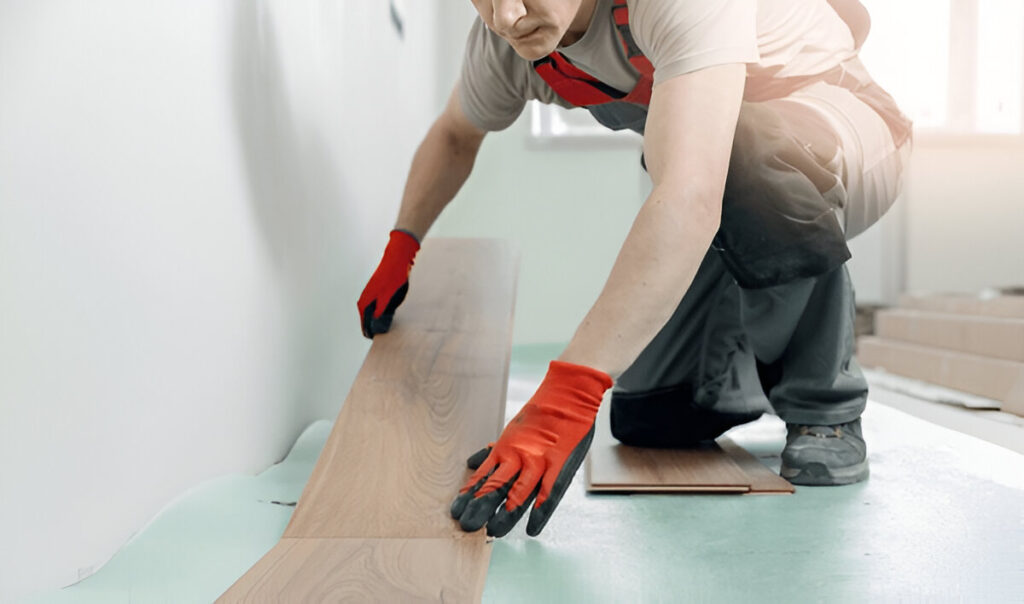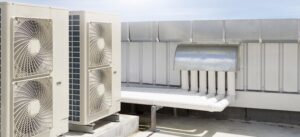
Flooring
Why Bouncy or Sloped Floors Don’t Fix Themselves: Uneven floors make every step feel unsure. A gap shows under the baseboard. A marble rolls to one side. Meanwhile, doors stick and trim cracks. These clues point to deeper issues under the surface. Professionals also warn about hidden moisture or weakened structure. The good news is, you have options. With a careful plan, you can level the base, select the right materials, and protect your space. In many cases, expert flooring in Henrico VA, starts with a full inspection rather than a quick cover-up. This way, the work addresses the real cause, leaving your rooms feeling solid again and your routine easier.
Flooring in Henrico VA: Uneven Floors Matter More Than You Think
A sagging floor is more than a minor nuisance. It can point to water damage, a failing subfloor, or tired joists. Because water travels, one leak can harm a wide area over time. Moreover, moisture can reach wires and create safety risks. Mold may also grow in dark, damp places. That hurts air quality and can impact health. While new planks look great, they won’t fix a soft base. Instead, a clear plan protects the structure first. Therefore, you start at the bottom and build upward. In practice, flooring works best when it pairs leveling with strong materials.
“Pretty surfaces fail fast when the base is weak.”
Clear Signs Your Floor Needs More Than New Planks
When problems start, your home sends signals. Read them early, and you save time and money.
- Floors feel spongy or bounce when you walk
- Tiles crack, grout crumbles, or seams open
- A musty odor returns after every cleaning
- Baseboards separate, or nails pop out
- Furniture leans, and doors rub or stick
Because these clues seem minor, many people wait. Yet delays allow moisture to spread and wood to decay. A prompt check protects both structure and budget. In many cases, expert flooring in Henrico VA, begins with an assessment that confirms the cause before any upgrade starts.
When Upgraded Flooring Helps—and When It Won’t
Upgraded flooring can help when the base is sound. However, it cannot fix broken framing by itself. So, match the fix to the cause, and your results will last.
Underlayment Fixes
If dips are shallow, a high-density underlayment can smooth the surface. Additionally, self-leveling compounds can fill slight low spots. Then, planks or tiles sit flat and resist stress.
Subfloor Repair
If sheets are swollen or soft, replace them. Use exterior-grade plywood or approved panels. Moreover, glue and screw with tight spacing for a firm bond.
Structural Correction
If joists sag or rot, stop and repair the frame. Sister joists, add beams, or correct piers. Finally, confirm moisture control before you finish flooring in that area.
How Floors Get Leveled: A Quick Guide with a Handy Table
Leveling follows a path: diagnose, dry, repair, and finish. First, measure high and low points with a long level or laser. Next, track moisture until readings drop to safe ranges. Then, fix the base before any visible layer goes down. The right surface should match both use and traffic, preventing early wear and repeat issues. Step-by-step planning also shields new materials from failure. Use the table below to compare symptoms with possible fixes, then confirm details on the site. Successful projects with flooring in Henrico VA, follow this process, turning minor warning signs into long-lasting solutions.
| Symptom | Likely Cause | Smart Fix |
|---|---|---|
| Soft, bouncy area | Loose subfloor or joist | Re-fasten, add blocking, or sister joists |
| Sloped room | Settled support | Shim or add beam; level subfloor |
| Cracked tile lines | Movement or deflection | Stiffen frame; use decoupling underlayment |
| Musty smell | Moisture intrusion | Stop leak, dry; replace damaged panels |
| Gaps at baseboard | Cupped or crowned wood | Control humidity; re-level and refinish |
Materials That Support a Level Surface
Materials matter because they carry daily stress. Dense underlayments reduce telegraphing from small dips. Self-leveling compounds fill low areas and cure hard. Plywood rated for floors holds screws and resists swelling. Decoupling membranes help tile handle movement.
Meanwhile, rigid cores in some planks spread loads better. However, even strong materials fail on a wet base. Therefore, dry first, then build. Additionally, choose fasteners that match the subfloor type. Use glue lines to prevent squeaks—seal cuts where moisture could enter. Finally, pick finishes that suit traffic and cleaning needs. With this plan, flooring stands up to real life.
Health, Safety, and Benefits
A level, dry floor is more than attractive—protecting people and air quality. Flooring in Henrico VA, creates safer surfaces that reduce trips and prevent falls. Dry cavities also block mold and odors, making work and home life healthier and more comfortable.
- Fewer trip hazards and fewer injuries
- Cleaner air with less moisture and dust
- Quieter rooms due to tighter bonds
- Easier cleaning because seams stay closed
- Longer life for furniture and fixtures
Moreover, solid floors protect nearby systems. Doors swing freely. Cabinets stay square. As a result, repairs drop over time. With flooring, these gains stack into daily comfort.
“Safety starts underfoot—long before you see the finish.”
Budget and Timeline: Avoid Costly Do-Overs
Budgets stretch when you plan in the proper order. First, set aside funds for inspection and drying. Then, price structural fixes before finishes. Next, add underlayment and adhesives. Finally, choose the visible layer. Although it feels slower, this order prevents waste. It also reduces change orders later. For timing, hold off on installation until moisture hits safe targets. Build in curing time for compounds and sealants. Because each step supports the next, the project moves with fewer surprises. Use simple logs to track dates, readings, and fastener counts. Then, you can prove the base is ready before you lay the final layer.
Care Tips to Keep Floors True Over Time
After leveling, simple habits keep floors stable. Control humidity with vents or dehumidifiers. Wipe spills right away, even on “water-resistant” planks. Add felt pads to heavy furniture. Use runners in long traffic paths because small grit, like sandpaper, sweeps often. Fix small leaks the day you find them. Then, check caulk lines around tubs and sinks each season.
In basements, keep storage off the slab to allow airflow. In crawl spaces, confirm that vents and vapor barriers function properly. After major storms, schedule quick inspections. With these habits in place, flooring in Henrico VA, remains flatter, quieter, and easier to maintain for daily living.
When Floors Droop, The Answer Starts Below The Surface
First, find the cause. Next, dry and repair the base. Then, choose sturdy materials and install with care. Over time, your rooms will feel steady, quiet, and safe with every step. For planning help and a clear path from uneven to even, New Earth LLC believes early detection and right-order fixes make the strongest floors.


